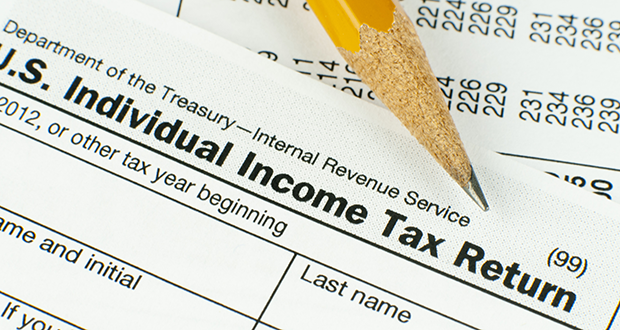Taxes Changes in 2020
It’s time to get right back to tax preparation for the next 2020 tax season.
Find Out The 10 Things You Need To Know Before Filing your Taxes

We’re already nearly done with the tax year 2019 — the one for which your return is due by April 2020. If you want to make the most of everything from tax deductions to tax-advantaged accounts this year, now is the time to learn the rules that will apply to your next return.
Many key dollar figures — from standard deductions to retirement account contribution limits — can change every year due to inflation. Additionally, some aspects of 2018’s tax reform didn’t take effect until this year.
So, here is a look at some of the biggest ways in which the federal tax return you file in 2020 will differ from the one that you hopefully filed by today:
1. Higher medical expense deduction threshold

Another way in which 2010’s Affordable Care Act had an impact on taxes was by raising the threshold for deductible medical and dental expenses from 7.5% to 10% of adjusted gross income, which made it harder to qualify for the deduction.
This meant that if you itemized your tax deductions, you could deduct eligible out-of-pocket medical expenses if they exceeded 10% of your income, rather than the previous 7.5%.
The Tax Cuts and Jobs Act gave taxpayers a brief reprieve from that change, lowering the threshold back down to 7.5%, but only for the 2017 and 2018 tax years. Starting this year, it returns to 10%.
In other words, as the IRS puts it in Publication 5307, which details how tax reform affects individuals:
“If you plan to itemize for tax year 2019, your unreimbursed medical and dental expenses will have to exceed 10% of your 2019 adjusted gross income in order to be deductible.”
2. No individual mandate penalty
Most of the tax code changes stemming from the Tax Cuts and Jobs Act of 2017 took effect in 2018. One exception is the change to the shared responsibility payment, which takes effect this year.
The shared responsibility payment — commonly referred to as the individual mandate penalty — has applied to folks required to have health insurance under the Affordable Care Act but who didn’t get coverage and didn’t qualify for an exemption. If you owed the penalty, it was due when you pay your taxes.
Starting this year, however, there is no penalty. The Tax Cuts and Jobs Act zeroed it out effective in 2019. So, folks who don’t have health insurance this year will not owe the penalty when they file their taxes in 2020.
3. No alimony deduction

Elimination of the alimony deduction is another Tax Cuts and Jobs Act change that took effect in 2019 rather than 2018. For divorce and separation agreements made or modified this year or thereafter, alimony payments will not be deductible, says IRS Publication 5307.
So, a spouse who gets divorced this year and pays alimony this year cannot write the payments off on a tax return in 2020. That also means that a spouse who gets divorced this year and receives alimony this year will not count the payments as income on the tax return filed next year.
4. Higher HSA contribution limits
Health savings accounts are another type of tax-advantaged account for which the contribution limits generally increase as the years roll along. HSAs are not strictly for retirement savings, although you can effectively use them as retirement accounts, as we explain in “3 Reasons You Need a Health Savings Account — and How to Open One Today.”
The 2019 contribution limits for people who are eligible for an HSA and have the following types of high-deductible health insurance policies are:
- Self-only coverage: $3,500 (up from $3,450 last year)
- Family coverage: $7,000 (up from $6,900)
5. Higher standard deductions

Standard deductions are somewhat higher this year on account of inflation. The IRS reports that they are:
- Married filing jointly: $24,400 (up $400 from last year)
- Married filing separately: $12,200 (up $200)
- Head of household: $18,350 (up $350)
- Single: $12,200 (up $200)
The standard deduction reduces the amount of your income that’s subject to federal taxes. So, if a married couple filing a joint tax return is eligible for and chooses to take the standard deduction on their next return, they would not be taxed on the first $24,400 of their taxable income from 2019.





